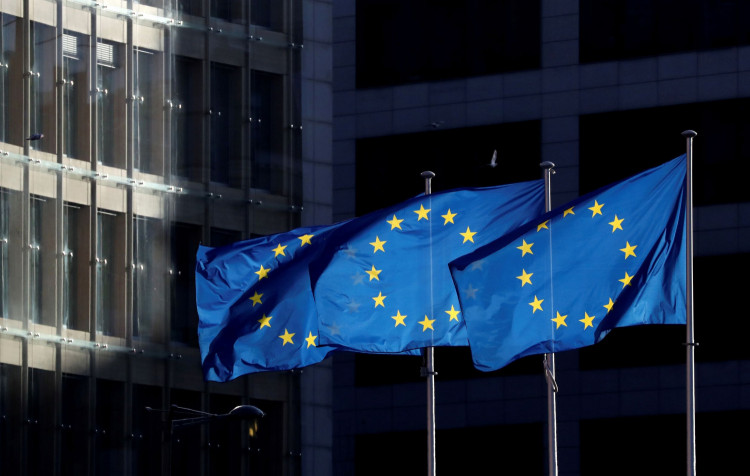July's data released by the two largest economies in the Eurozone show a further decline in inflation, indicating a gradual transmission of the European Central Bank's monetary policy. The likelihood of a rate hike in September has thus been further reduced. However, the data also reveal that Germany, the economic locomotive of Europe, ended its downward trend in the second quarter, while France, the second-largest economy, experienced a slight GDP growth driven by a surge in exports.
On Friday, July 28, the French National Institute of Statistics and Economic Studies released data showing that the initial year-over-year CPI for July in France was 4.3%, consistent with economists' expectations, slightly slowing down from the previous value of 4.5%. The harmonized CPI year-on-year initial value was 5%, slightly below the expected value of 5.1% and the previous value of 5.3%.
The National Institute of Statistics and Economic Studies stated that the further drop in inflation was due to a year-on-year decline in energy prices and a slowdown in food prices (for the fourth consecutive month) and manufactured goods prices. The annual rise in service prices is expected to be close to last month's increase.
On Thursday, the European Central Bank increased interest rates by 25 basis points as scheduled. However, after the rate-setting meeting, President Lagarde was noncommittal about whether to continue raising interest rates in September. The slowdown in French CPI data is a positive sign for the European Central Bank.
Analysts at Forexlive stated that, at present, even if the European Central Bank raises interest rates again after September, it is likely to be the last time in this cycle of rate hikes.
Early morning data also showed signs of a recovery in the Eurozone's second-largest economy. Driven by a surge in exports, France's GDP grew 0.5% year-on-year in the second quarter, compared to a growth rate of 0.1% in the first quarter of this year.
Germany: Cooling Inflation, Economy in Stagnation
Data released by the German Federal Statistical Office shows that Germany's CPI fell from 6.4% in June to 6.2% in July, meeting expectations. Food inflation fell from 13.7% in June to 11%. The core inflation rate slowed from 5.8% in June to 5.5%.
The harmonized CPI's initial year-on-year value dropped from 6.8% last month to 6.5%, slightly cooler than the consensus forecast of 6.6%.
As inflation cooled, signs of stability in the German economy also emerged. GDP data released earlier showed that Germany's GDP change for this month was zero on a quarterly basis, following decreases of 0.1% and 0.4% in the fourth quarter of last year and the first quarter of this year, respectively.
The GDP report showed that private household consumption expenditure stabilized in the second quarter of 2023 after a weak half-year.
However, despite the halt in GDP contraction, the outlook for the German economy remains bleak. The key Ifo Business Climate Index was only 87.3 in July, lower than expected and the previous value, marking an eight-month low.
Following the release of the data, there was not much fluctuation in the short-term exchange rate of the euro to the U.S. dollar, currently reported at 1.1011.
As of the time of writing, Germany's DAX 30 Index is up 0.07%, France's CAC 40 Index is down 0.12%, and the Pan-European Stoxx 50 Index is up 0.06%.






